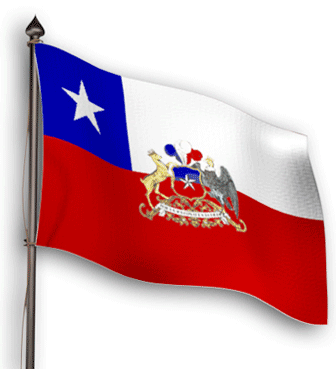
Characteristics.
• Syntax and grammar:
– Common use of the double direct object. “La fui a verla”.
– Absence of“dequeísmo” (use of “de que”). Generally “queismo” (use of “que”) is used in every case: “Estaba segura que me lo dejé olvidado”.
– Third person possessive. “Nuestro” (“our”) always becomes “de nosotros” (“of us”): “Ese de ahí es el auto de nosotros”.
– Useof the imperative mode with the verb“ir” (“to go”). The verb “ir” is conjugated differently: “Ándate y cómprame eso”.
– Proper names preceded by articles. For example, “Juan y María” (“Juan and Maria”) becomes “el Juan y la María” (“the Juan and the Maria”).
• Treatment: pronouns vary according to contextual situations.
1. Usted: in the oral environment, shows distance and respect. Also used in the written environment (business documents).
2. Tú: “tuteo” (the use of “tu”) is the most common form of address.
3. Vos: the use of “vos” differsfrom that of other countries such as Argentina, Uruguay and Colombia: here, the use of the pronoun “vos” can show contempt; the spoken situation, in this case, is extremely colloquial.
• Lexis: some examples.
– al tiro: right now
– andar pato: to be broke
– ¿cachai?: ¿do you understand?
– chutear: to shoot (football)
– denante: a while ago
– guagua: baby, small child
– nanay: to caress with the aim of relieving pain
– pololo: boyfriend
– trome: metro (transport)
With this type of colorful Spanish we have to familiarize ourselves with the uses, customs, spoken contexts, broad lexical variations and the differences in syntax and grammar. The key to successfully translating to or from Chilean Spanish is … location, location, location.





